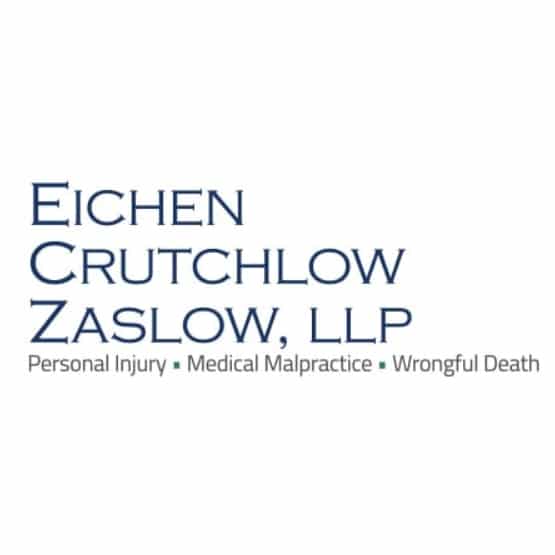Risk of Gastric Balloon Complications
 Gastric balloons allow obese patients to lose weight quickly by temporarily controlling their appetite. Recently, however, concerns have surfaced over the safety of gastric balloons after several patients died. The Food and Drug Administration (FDA) has confirmed that their deaths were related to the devices and are rolling out new safety warnings to accompany them.
Gastric balloons allow obese patients to lose weight quickly by temporarily controlling their appetite. Recently, however, concerns have surfaced over the safety of gastric balloons after several patients died. The Food and Drug Administration (FDA) has confirmed that their deaths were related to the devices and are rolling out new safety warnings to accompany them.
Balloons Are Effective, But May Carry Hidden Dangers
Typically, a gastric balloon is inserted into the patient’s stomach through their throat. The balloon is inflated, either with saline or gas, cutting the space available in the stomach by half and helping patients feel full sooner. Patients need to take in less food to feel satisfied, allowing them to lose weight. The balloon remains in the stomach for six months, after which patients continue their weight loss journey through diet and lifestyle counseling.
Most patients lose about 10 percent of their body weight in one year. The intragastric balloon is less invasive than other weight loss procedures, making it an effective resource for those who are dangerously overweight. The FDA approved the first liquid-filled gastric balloons in 2015. However, beginning as early as February of 2017, the agency began to receive reports of complications. By August, five deaths had been linked to the devices, and now that number has grown to 12. Although the direct cause of the deaths has not yet been determined, all 12 incidents were linked to the liquid-filled devices, and many involved a torn esophagus or stomach.
FDA Warns of Potentially Life-Threatening Complications
In response to the reports, the FDA issued warnings to referencing two major complications: overinflation and acute pancreatitis. Gastric balloons are made of silicone, which does not stretch and can only hold so much fluid. Overinflation occurs when the gastric balloon fills with more liquid or air than it is supposed to. It is not clear what causes overinflation, but it has been reported with both single- and double-balloon devices. Symptoms of overinflation can appear within nine days of implantation and may include severe abdominal pain or swelling, vomiting, abdominal distention, or even breathing problems.
Pancreatitis, or inflammation of the pancreas, occurs when the balloon compresses the surrounding organs. It can occur within three days of implantation and can have serious symptoms, including intense stomach and back pain, nausea, vomiting, fever, and rapid heartbeat. Pancreatitis was not observed during clinical trials for the balloons.
The FDA warns physicians to consider these complications when recommending gastric balloons to their obese patients. Neither of the two major balloon manufacturers, Orbera or ReShape, lists overinflation or pancreatitis as possible side effects. Seven of the 12 deaths involved balloons made by these two brands, but both maintain that their products are safe. Orbera and ReShape report US mortality rates of 0.036 percent and 0.06 percent respectively, which is far less than the rate for laprascopic gastric bypass surgery that remains about .22 percent. Still, without adequate warnings, more patients may suffer deadly complications.
New Jersey Medical Malpractice Lawyers at Eichen Crutchlow Zaslow, LLP Advocate for Patients Harmed by Gastric Balloons
If you or a loved one has suffered harm due to a defective medical device, call the New Jersey medical malpractice lawyers at Eichen Crutchlow Zaslow, LLP. We have the knowledge and experience to handle all types of cases, including injuries caused by gastric balloons. With offices conveniently located in Edison, Red Bank, and Toms River, we help clients throughout New Jersey get the compensation they deserve. Call us today at 732-777-0100 or contact us online for a free consultation with an experienced New Jersey medical malpractice lawyer.

Eichen Crutchlow Zaslow, LLP has purposely remained small in size, because it is important to us that we get to know our clients and their needs. Larger NJ injury firms may churn out case after case, but that’s not how we operate. Partners Barry Eichen, William Crutchlow, and Daryl Zaslow have created a firm with the resources to handle complex litigation, and a team that takes your case personally.
Find out more about Eichen Crutchlow Zaslow, LLP
